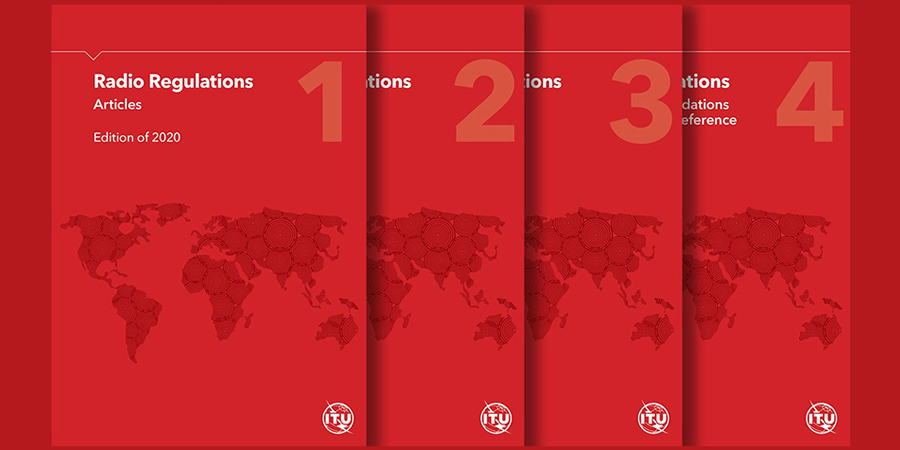The International Telecommunication Union (ITU) and the African Telecommunications Union (ATU) brought together national broadcasters and regulators from across Africa and its neighbouring countries to coordinate their spectrum use and identify new frequencies to avoid harmful interference as services expand. A series of key regional frequency planning and coordination meetings, aimed at helping African countries expand the reach of their FM (frequency modulation) radio broadcasting services.
African countries are working together with international radiocommunication experts to avert interference between different services and ensure coordinated growth of sound broadcasting services between 87.5 megahertz (MHz) and 108 MHz.
Discussions focused on the process needed to make sure national frequency plans are compatible for smooth FM broadcasting in the 87.5-108 MHz band. Participants also considered general criteria for assignable channels, such as the acceptable level for nuisance field strength (NFS), how best to share information, optimal numbers of layers, polarization discrimination, and proposed timelines for frequency assignment and planning.
"FM radio has become one of the most dynamic, reactive and engaging media, reaching broad audiences and allowing for increased diversity, where all voices can be heard," said ITU secretary-general Houlin Zhao. "Access to information is vital to the attainment of the United Nations Agenda for Sustainable Development, and ITU is delighted to partner with the African Telecommunications Union in this project to reinforce the reach of radio in Africa."
ATU secretary general John Omo, said,"Many would agree that FM radio remains a key information and communication technology service in Africa, delivering immense socio-economic value across the continent. Yet, in many countries, new or expanded FM radio is hindered by a lack of FM frequencies. With this project, FM radio in Africa can now look forward to new usable channels for expansion and long-term sustainability."
GE84 Plan Optimization for Africa
The meeting took place as part of the GE84 Plan Optimization, which promotes more efficient use of the 87.5-108 MHz (FM) band for analogue sound broadcasting and strives to identify additional frequencies for FM broadcasting stations across Africa.
"Radio broadcasting is rapidly adapting to the evolving technological landscape and has become a vital source of information during emergency situations and other exceptional circumstances, such as the current COVID-19 pandemic," said Mario Maniewicz, Director of the ITU Radiocommunication Bureau. "People across the continent need access to this vital communication tool."
Frequency coordination is key to prevent harmful interference, promote effective and harmonized use of spectrum, and safeguard current and future national frequency plans.
Launched in East London, South Africa, in July 2019, the project aims to ensure compatibility among existing and new broadcasting frequency assignments and facilitate future introduction of digital sound broadcasting.
ITU and ATU launched the project to enable African governments to cope with the increasing demand for FM stations and prepare for the introduction of digital radio. The project is expected to conclude by January 2022, with a third frequency coordination meeting and a regional compatibility analysis using software and tools developed by the ITU Radiocommunication Bureau.
The second session gathered more than 200 participants from 45 African countries, as well as 13 Arab and European countries bordering Africa. The ongoing compatibility assessment and coordination of frequencies between countries will continue for the duration of the project.









